#dasyurus viverrinus
Note
One 🥚, please. Thank you!


eastern quoll!
(Dasyurus viverrinus)
83 notes
·
View notes
Photo

An Eastern quoll (Dasyurus viverrinus) scavenging in Tasmania, Australia
by David Chesterfield
#eastern quoll#quolls#marsupials#dasyurus viverrinus#dasyurus#dasyuridae#Dasyuromorphia#marsupialia#mammalia#chordata#wildlife: tasmania#wildlife: oceania
30 notes
·
View notes
Text
Uncharismatic Fact of the Day
Quolls are a group of marsupials native to Australia, so naturally they carry their young-- or pups-- in a special pouch. Only, their pouches aren’t your average marsupial pouch; rather than being a permanent holding area, the quoll’s pouch is just a flap of skin on the belly that temporarily folds over into a sac.

(Image: A spotted-tail quoll (Dasyurus maculatus) by John Turbill)
(Bonus image (tw for semi-graphic anatomy): Eastern quoll (Dasyurus viverrinus) pups in their mother’s pouch by Dave Watts)
If you like what I do, consider leaving a tip or buying me a ko-fi!
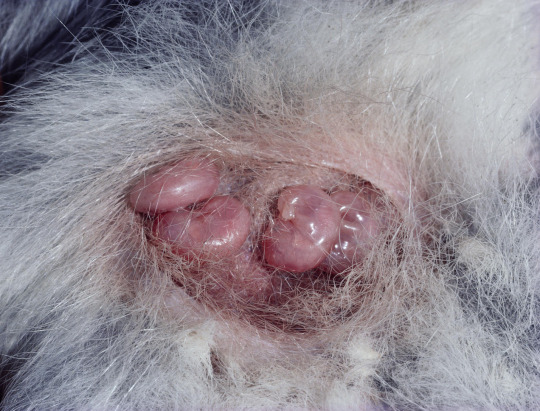
56 notes
·
View notes
Note
Heya I'm bored so like, what's yoir current favorite animal? Mines the olm
Ahhhh I love them all it's hard to choose... Sooo I'll say my top 2
The spotted tiger Quoll
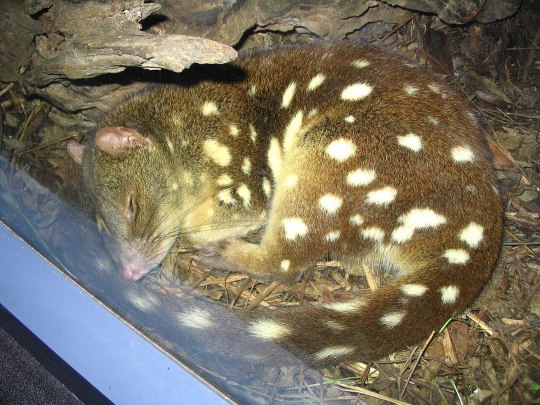
(Pictured: A spotted tiger quoll, Dasyurus maculatus, curled up sleeping in a glass exhibit.)
Bunjeen is the original Indigenous name (from the Bandjalung language group) for them in my area. Was called the marsupial cat by colonizers until naturalist told folk or was missleading. "Quoll" comes from anglicisation of "dhigul" (Note: Aboriginal spelling is different from English spelling) from the Guugu Yimithirr mob who contacted Captain Cook (our Christopher Columbus booooo).
Since it occupies the same ecological niche as them. A good native defence against feral rabbits, but is vulnrable due to competition with feral cats and poisoning from cane toads. These Polka dotted murder balls are the second largest extant carnivorus marsupial. Live only for 2-4 years. The size of a grain of rice when born. Live solitarily, but will use a communal latrine to see who's in the area. Reaches it's teens in year one, stops growing year two, doesn't live very long past year 3 (;TДT). I don't like exotics, and the reality is definetly different to my fantasy, but I kinda want one as a pet. Maybe I can volunteer at a sanctuary or something.
(Pictured; A Spotted-tailed Tiger Quoll on a mossy log at night, by JJ Henson.
Below that picture is an Eastern Quoll, Dasyurus viverrinus. Eating a very bloody piece of meat with their hands full. I had to include it for the absolute gremlin energy).
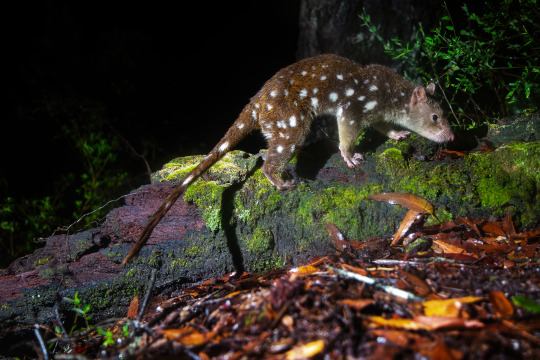

Hoatzin
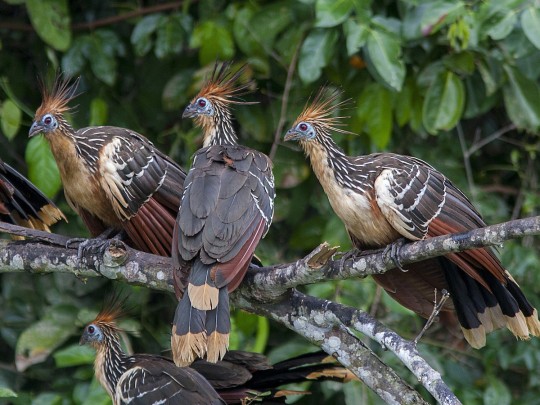
Stem-bird/Dinosaur vibes. Babies have claws on their wings to climb trees if they fall out of the nest. It is also the only bird to be a folivore; a dedicated leaf eater (foli, like foliage, and vore, which I encourage everyone to look up themselves). It's very rotund for digestion and stinky, like a cow! A dinosaur cow bird is also apt, because we no idea what kind of bird it is! Is it a pheasant? Ratite? Songbird? To my understanding, the current idea is that it's a survivor of a unique lineage of birds that survived the Chicxulub mass extinction. Our oldest fossils of potential relatives only go to about 30 MYA. Not even genetics have gotten us too far, but give it time. Was my profile picture for a time on an obscure internet forum when I was a teen. It is also the same colours as my favourite and oldest Velociraptor plush toy. (Razor the wild republic UK Velociraptor plush)


(Pictured; Top Picture of a Hoatzin chick with visable wing claws. Below it Razor, my Willd Republic UK Velocirptor)
#Bandjalung#Bandjalung language#Indigenous languages#Aboriginal language#Inidgenous language#Aboriginal Australia#Bunjeen#tiger quoll#spotted-tail quoll#Dasyurus maculatus#Quoll#Dasyurus#marsupial#mammal#Hoatzin#Opisthocomus hoazin#Opisthocomus#aves#birds#metazoa#animals#plush#Wild republic#wild republic velociraptor#plushies#velociraptor#This was meant to be a quick summery but I spent 3 hours doing background research on these guys woops
8 notes
·
View notes
Text
taking a poll. what weird mammal should i draw next:
barbourofelis fricki (bootleg smilodon)
thylacoleo carnifex (marsupial lion)
dasyurus viverrinus (eastern quoll)
machairodus lahayishupup (the real saber-toothed tiger)
hydrurga leptonyx (leopard seal)
3 notes
·
View notes
Text
The Creature Awaits #128:
Each week I plan to feature an amazing creature, admiring God's fantastic artistry. Hopefully it’ll brighten someone’s day to see something new and interesting if they haven’t seen it before. : )

(I usually only use up to a few photos, but couldn't help but share all of this adorable set by extremely talented photographer, Shuttergirl03. Please visit her gallery for more beautiful captures! (CC BY-NC-ND 2.0))
The Eastern Quoll
Scientific Name: Dasyurus viverrinus
Region: Primarily Tazmania at present, but being re-introduced to mainland Australia due to conservation efforts started in 2016 : )
Size: 21" to 26" (53cm - 66cm) long, including the tail
Interesting Note: Eastern Quolls, either fawn brown as pictured above or black as in the video below, like most other marsupials, carry their young in a pouch on the mother quoll's belly. Eastern Quolls differ from the other 5 species of quoll primarily due to their lack of a big toe (or hallux) on their hind feet.
Though Eastern Quolls became extinct on the Australian mainland in the 1960s due to disease and invasive predators like feral cats and red foxes, they are, thankfully, with the help of some loving conservationists like Aussie Ark (who posted the adorable video below), starting to make a comeback. : )
youtube
#creatureawaits#eastern quoll#Dasyurus viverrinus#quolls#marsupials#adorable animals#adorable mammals#Australian wildlife#carnivorous marsupials#conservation#conservation efforts#yay for helping quolls!
3 notes
·
View notes
Text

Eastern quoll (Dasyurus viverrinus)
39 notes
·
View notes
Photo

An eastern quoll at Mount Field national park in Tasmania. This image won the portfolio prize in the 2019 Australian Geographic nature photographer of the year awards
Photograph: Charles Davis/South Australian Museum
(via The week in wildlife – in pictures | Environment | The Guardian)
#Eastern Quoll#Dasyurus viverrinus#Dasyurus#Dasyurini#Dasyurinae#Dasyuridae#Dasyuromorphia#Marsupialia#Mammalia#mammal#quoll#reflection#endangered#Tasmania#Australia
20 notes
·
View notes
Photo

Dasyurus viverrinus | Biodiversity Heritage Library | Flickr (Dominio public)
0 notes
Photo
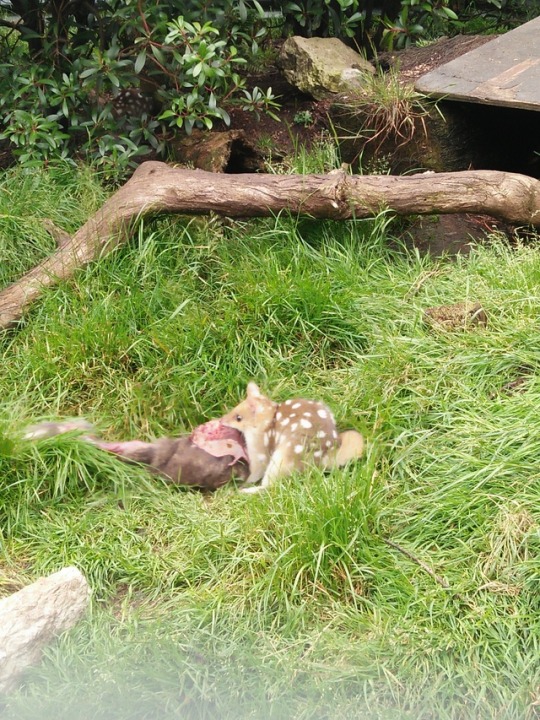
Eastern Quoll (Dasyurus viverrinus)
This cute little guy is a key native predator to Australia. It’s capable of taking prey by surprise and is additionally a scavenger to eat this yummy wallaby that I provided it.
Sadly they are extinct on the mainland and here I am working at Devils@Cradle , feeding this little guy. If your in tazzie, I highly recommend going there!
Parks & Wildlife Service - Eastern Quoll. 2017. Parks & Wildlife Service - Eastern Quoll. [ONLINE] Available at: http://www.parks.tas.gov.au/?base=4774. [Accessed 01 November 2017].
#marsupials#quolls#tazzie#australia#wildlife#predator#conservation#tasmania#native#dasyurus#Dasyurus viverrinus
13 notes
·
View notes
Photo

Eastern quoll (Dasyurus viverrinus)
This marsupial’s range once included parts of mainland Australia and Tasmania, but today the majority of the population is found in Tasmania. This nocturnal critter spends its day sleeping in its nest, which is usually tucked away under a rock, a burrow beneath the surface, or within a hollow log. At night the small but mighty predator goes on the hunt for rabbits, skinks, and rodents.
Photo: sharloch, CC BY-NC-ND 2.0, flickr
via: American Museum of Natural History
184 notes
·
View notes
Photo

Dasyurus viverrinus - Eastern quoll baby
#Teen Wolf#Sceo#Scott McCall#Theo Raeken#not to be dramatic#or anything#but I'd fcuking die for Sceo#and#Quoll-ity babies
9 notes
·
View notes
Text
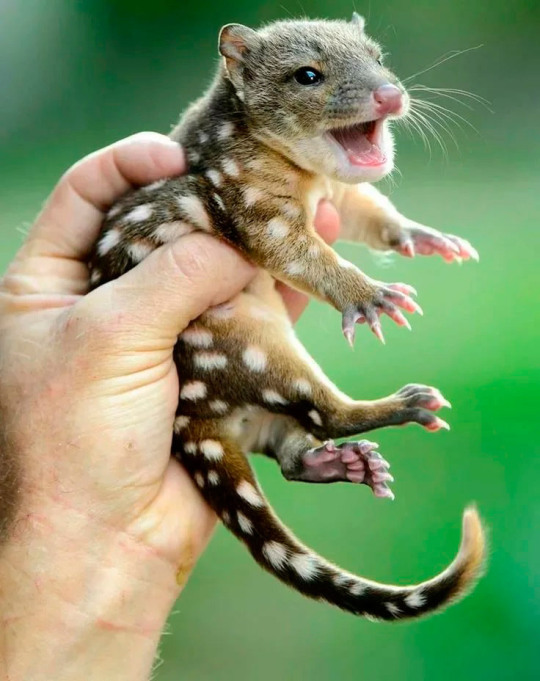
Eastern quoll ( Eastern native cat) - Dasyurus viverrinus, Tasmania
1 note
·
View note
Photo
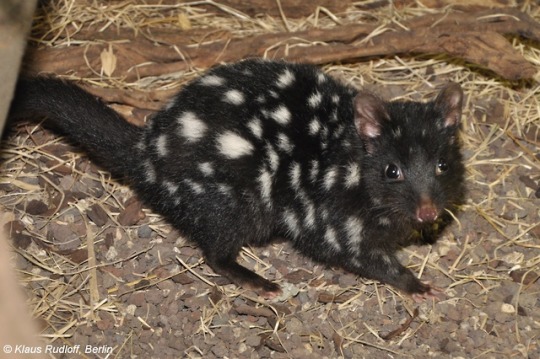
Eastern Quoll
Dasyurus viverrinus
Source: Here
234 notes
·
View notes
Video
Eastern quoll (Dasyurus viverrinus)
by Caleb McElrea
#endless forms most beautiful#marsupials#dasyurids#quolls#eastern quoll#op#Honestly these are my favorite marsupials#I love quolls so much
3 notes
·
View notes
Text
Despite isolation, Tasmanian tiger pups were more like wolves than other marsupials
https://sciencespies.com/nature/despite-isolation-tasmanian-tiger-pups-were-more-like-wolves-than-other-marsupials/
Despite isolation, Tasmanian tiger pups were more like wolves than other marsupials
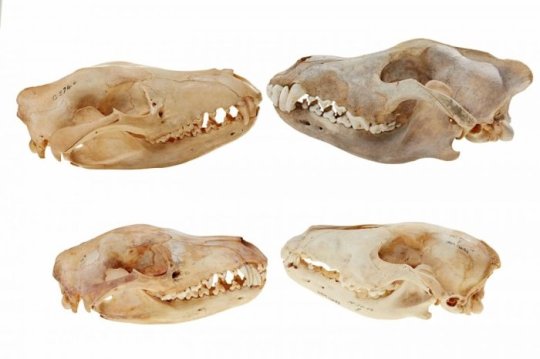
The thylacine has long been considered a truly remarkable species. The extinct Australian beast was a marsupial, but its skull was distinctly canine in appearance, almost identical to the skulls of red foxes and grey wolves.
Now, new research has confirmed that this resemblance wasn’t limited to adult thylacines (Thylacinus cynocephalus) – it was present even in the skulls of newborn pups, and persisted throughout the animal’s lifespan.
The finding could shed more light on how different animals can evolve similar characteristics to occupy similar ecological niches, even though they might be unrelated and separated by space and time – a phenomenon known as convergent evolution.
“Remarkably,” said biologist Andrew Pask of the University of Melbourne in Australia, “the Tasmanian tiger pups were more similar to wolf pups than to other closely related marsupials.”
Although the thylacine – more commonly known as the Tasmanian tiger – was tragically driven to extinction by humans in 1936, its remains have been retained in museum collections. In collaboration with Australian museums, the researchers subjected a number of thylacine skulls at different life stages and sizes – from newborn to adult – to X-ray CT scans.
These were compared to other marsupial skulls from Australian museums, including those of the dunnart (Sminthopsis), recently found to be one of the closest genetic relatives to the thylacine, and the eastern quoll (Dasyurus viverrinus), another carnivorous marsupial of the same order as the thylacine.
From the Museum of the North in Alaska, the team also borrowed and CT scanned skulls from the grey wolf (Canis lupus), again at different life stages and sizes from newborn to adult, to compare to the thylacine skulls. The last common ancestry between the two species was 160 million years ago.

Thylacine (left) and wolf (right) skulls. (The Pask Lab)
“We know that the thylacine and wolf look similar as adults, but we don’t know when they started to exhibit their remarkable similarities during development,” explained biologist Axel Newton of Monash University in Australia.
He and his team recently reconstructed the pouch development of thylacine pups. That research also contributed to this comparison, allowing the team to look for similarities between thylacines and other marsupials or wolves at the very earliest stages of life.
Recent research by a team that included Pask and Newton found that wolves and thylacines have similar genes regulating their craniofacial development. The new research, comparing the skulls of the two animals, backs this up. From birth to adulthood, the skulls of the two animals not only resembled each other, but followed a similar growth pattern.
Previous research has suggested that the way marsupials are born – developing in a pouch, rather than placentally – places limits on how varied their skulls can be. This new study shows that not only can convergent evolution take place in animals that are otherwise anatomically different, but that marsupials can evolve wildly different skulls from each other.
And the comparison between the two species is a fascinating example that can be used to study the emergence of convergent evolution more broadly.
“By comparing entire growth series from newborns to adults,” said biologist and palaeontologist Christy Hipsley of Museum Victoria and the University of Melbourne in Australia, “we were able to visualise tiny differences in development that pinpoint when and where in the skull adaptations to carnivory arise on a cellular level.”
Convergent evolution such as this is a powerful reminder of just how much the environment shapes our anatomy and physiology over hundreds of thousands of years of evolution. All animals, including us humans, are deeply intertwined with our world.
The research has been published in Communications Biology.
#Nature
0 notes
